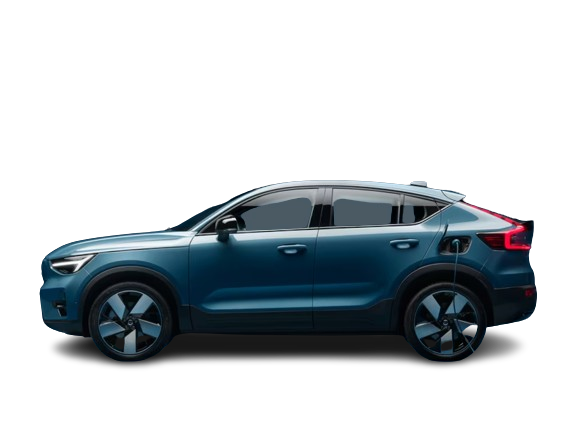Is Going Electric Really Driving Us Green?
Fuel Injection System
Fuel Tank
Powered by gas
Traction Battery Pack
Powered by electricity
Power Electronics Controller
Electric Traction Motor
Internal Combustion Module
A typical passenger vehicle emits
4.6 metric tons of CO2 per year *
Zero CO2 emissions **
By Allen Huang











